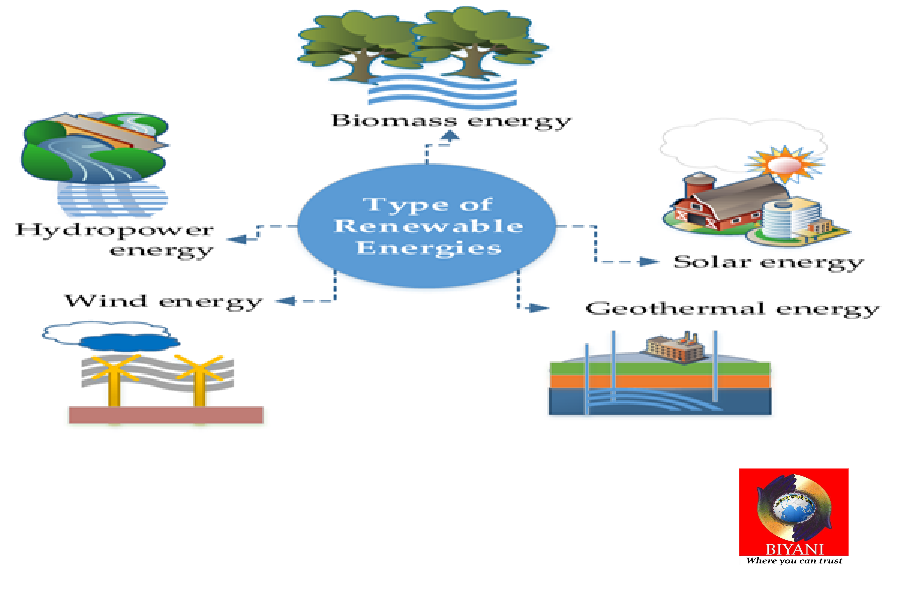Introduction:
The Unseen Engine: Understanding the Psychology of Motivation:We have all experienced the psychology of motivation. The instant the alarm rings, indicating the beginning of a hectic day, a strong internal drive either pushes us out of bed with purpose or anchors us tightly under the duvet. Motivation is the unseen engine pushing our deeds, tenacity, and final successes. But what precisely is it? And more significantly, how can we use its ability to negotiate the challenges of life, from acing examinations to following our innermost passions?
The study of the complex network of internal and external elements that drive, guide, and maintain human behavior is the focus of the broad and intriguing discipline of motivation psychology. It explores the “why” behind our behavior in an effort to identify the fundamental needs, wants, and objectives that motivate us. Gaining an understanding of these psychological concepts can change our lives by revealing patterns in our own behavior and giving us a path to developing more drive in both ourselves and other people.

How the Motivation Work ?:
Fundamentally, there are two primary categories of motivation: extrinsic and intrinsic. The source of intrinsic motivation is inside. It’s the naturally occurring contentment, pleasure, or sense of achievement we get from doing something. Imagine a student who is truly captivated by a subject, a scientist immersed in an experiment, or an artist lost in their creation. These people are motivated by the intrinsic enjoyment of the work rather than by benefits from outside sources. Increased involvement, inventiveness, and sustained perseverance are frequently linked to this kind of drive.
Conversely, extrinsic motivation comes from outside sources. These can be incentives like grades, cash, recognition, or praise, or penalties like failing a test or getting a bad mark. Extrinsic motivators may not encourage the same degree of continuous effort and deep involvement as intrinsic motivation, even though they can be successful in eliciting certain behaviors, especially in the short term. The over justification effect is a phenomenon that can even erode intrinsic motivation when there is an excessive dependence on extrinsic benefits.
Working of Theories of Motivation:
The intricacies of motivation are attempted to be explained by a number of well-known theories. For example, Maslow’s Hierarchy of Needs suggests that a hierarchy of five basic needs—physiological, safety, love/belonging, esteem, and self-actualization—drive human motivation. This idea states that before higher-level requirements become powerful motivators, lower-level demands must be significantly met. Despite its popularity, this hierarchical model has drawn criticism for being inflexible and lacking empirical evidence to support the tight hierarchy of demands.
- Self-Determination Theory (SDT), another well-known theory, highlights the significance of three basic psychological needs for promoting intrinsic motivation and well-being: relatedness (the sense of connection and belonging), competence (the sense of mastery and effectiveness), and autonomy (the sense of control and choice). People are more likely to be intrinsically driven, feel more satisfied, and perform better when these requirements are satisfied.
- According to the Expectancy-Value Theory, motivation results from two important factors: our value placed on success and our expectation of success in a particular endeavor. We are more likely to be driven to pursue it if we have high expectations for success and high values for the result. On the other hand, poor value or low expectations can severely reduce motivation.
Use of Motivation:
Moreover, the idea of goal-setting is essential to motivation. Setting SMART (specific, measurable, realistic, relevant, and time-bound) goals has been repeatedly demonstrated to improve motivation and performance. Objectives provide us focus, direction, and a sense of accomplishment, all of which contribute to increased motivation. Our motivational drive is influenced by a number of psychological considerations in addition to these fundamental beliefs. According to the fundamental idea of reinforcement in behavioral psychology, actions that result in favorable outcomes are more likely to be repeated, whereas actions that result in unfavorable outcomes are less likely to happen. Knowing how effective positive reinforcement is can help us motivate others and mold our own habits. Motivation can also be greatly impacted by cognitive biases. For instance, based on easily remembered prior failures, the availability heuristic may cause us to overestimate the complexity of a task, discouraging us from ever attempting it. Confirmation bias can also cause us to look for evidence that supports our preconceived notions about our talents, which may make us less inclined to take on difficult jobs.
In order to develop more motivation in our lives, how can we actually put these psychological insights into practice?
The following are some evidence-based tactics:
- Determine Your Intrinsic Motivators: Consider pursuits that you truly love and find fulfilling on an intrinsic level. Your general motivation will automatically increase as you participate in these activities
- Establish SMART Goals: Divide more complex tasks into smaller, more doable phases with precise goals and due dates. This gives one a feeling of advancement and success.
- Encourage Autonomy: Look for chances to take charge and make decisions about your work and surroundings. Motivation can be greatly increased when one feels a sense of ownership.
- Develop Competence: Make an effort to advance your knowledge and abilities. Motivation is fueled by feelings of effectiveness and mastery in your work.
- Develop Relatedness: Make connections with others who support and encourage you or who have similar goals. Your determination might be strengthened by a sense of belonging.
- Visualize Success: Envision yourself accomplishing your objectives. This might boost your motivation and confidence in your capacity to accomplish.
- Enjoy Progress, Not Just Outcomes: Don’t only enjoy the ultimate accomplishment; also recognize and appreciate your efforts and milestones along the road. Positive behavior is reinforced in this way.
- Reframe Challenges as Opportunities: See challenges as opportunities to develop and learn rather than as barriers. In the face of hardship, this change in viewpoint can keep one motivated.
- Engage in Positive Self-Talk: Dispel negative ideas and substitute them with constructive statements. Self-confidence is a strong motivator.
Conclusion:
To sum up, the invisible force behind motivation is a complicated and multidimensional psychological phenomenon. It involves the dynamic interaction of our basic psychological requirements, external incentives, internal motivations, and cognitive evaluations. We may learn a lot about what drives us ahead and how to develop and maintain this essential power in ourselves and others by comprehending the various theories and concepts of motivation. We can use this invisible engine to propel ourselves toward worthwhile objectives and a more involved and satisfying existence by acknowledging the strength of autonomy, competence, and relatedness and strategically utilizing both internal and extrinsic motivators
Blog By:-
Ms. Purva Gautam
Assistant Professor,Education Department
Biyani Girls College


